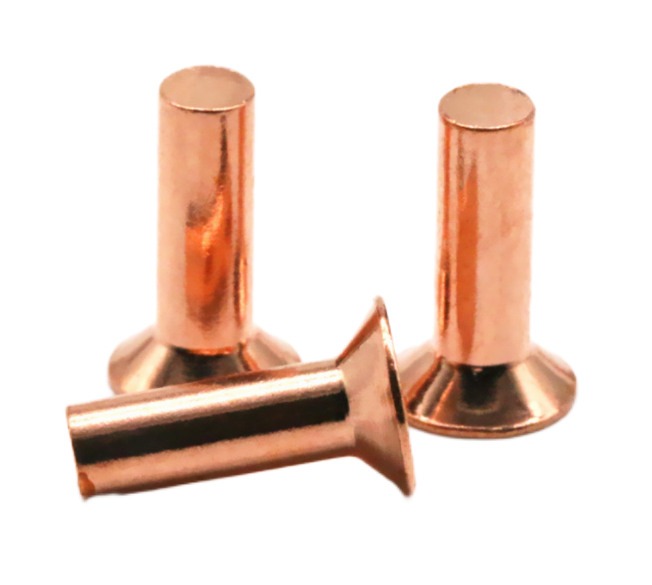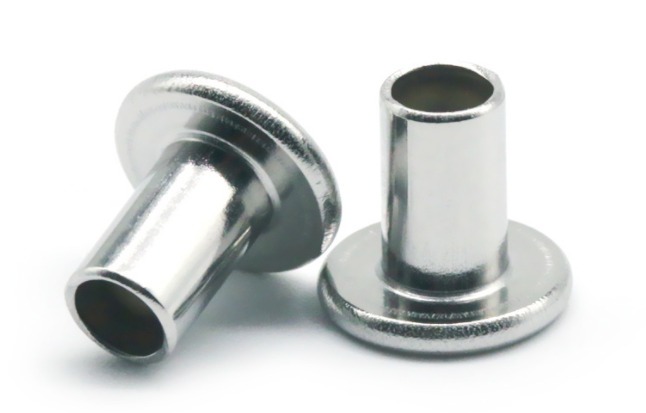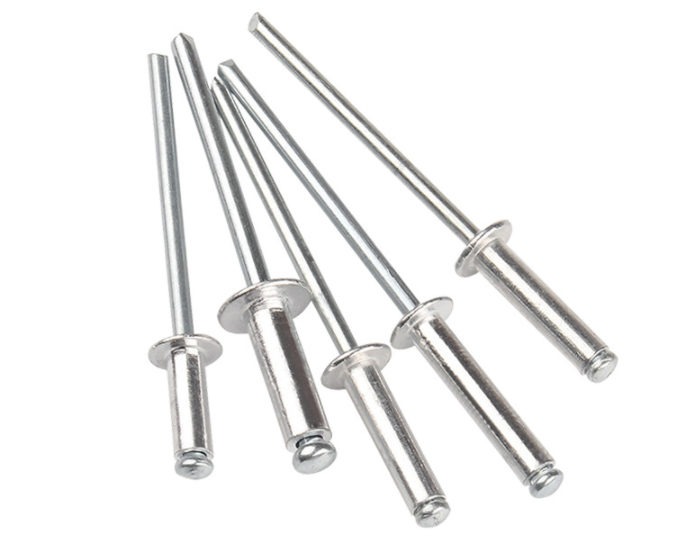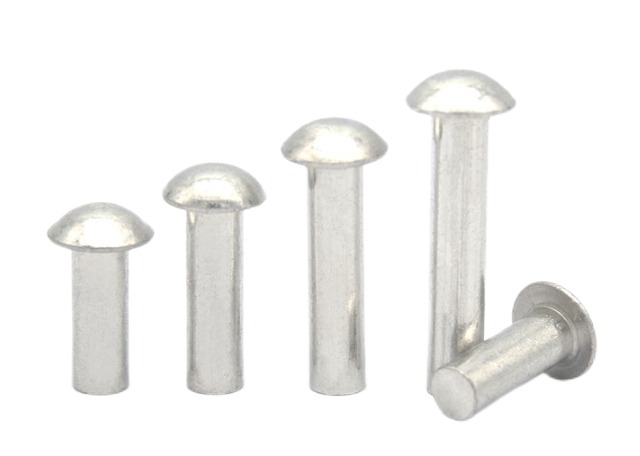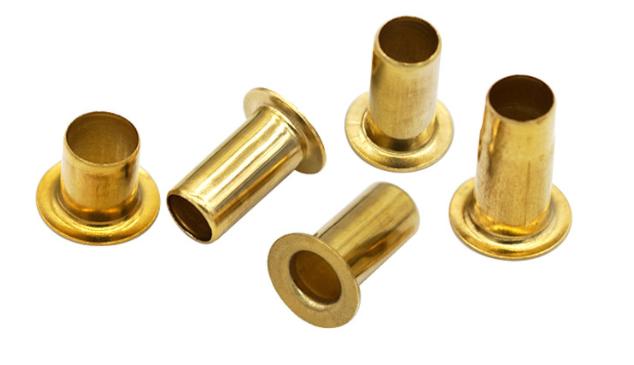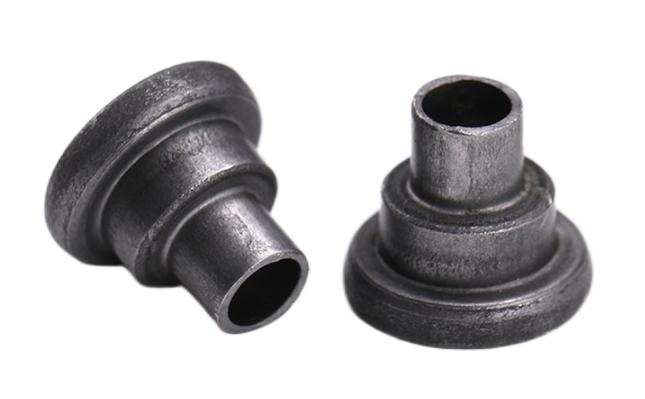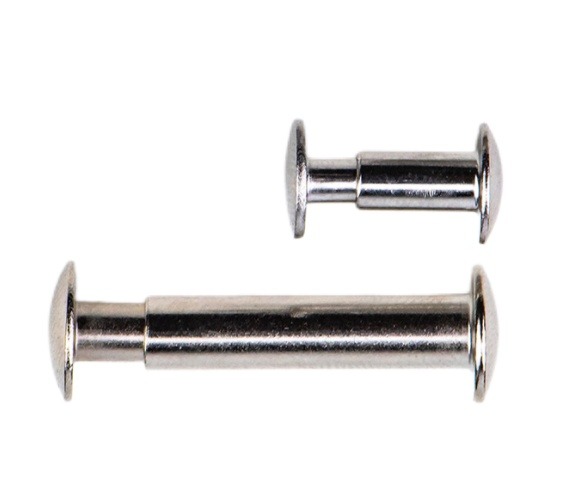How to Remove Different Types of Rivets: A Detailed Step-by-Step Guide
Rivets are a fundamental component of countless structures and products, known for their reliability and strength. Over time, there may arise situations where these rivets need to be removed, whether for repair, replacement, or modification. In such instances, it’s crucial to understand the different types of rivets and the appropriate removal methods for each. This article aims to provide a comprehensive overview of various types of rivets and their corresponding removal techniques.
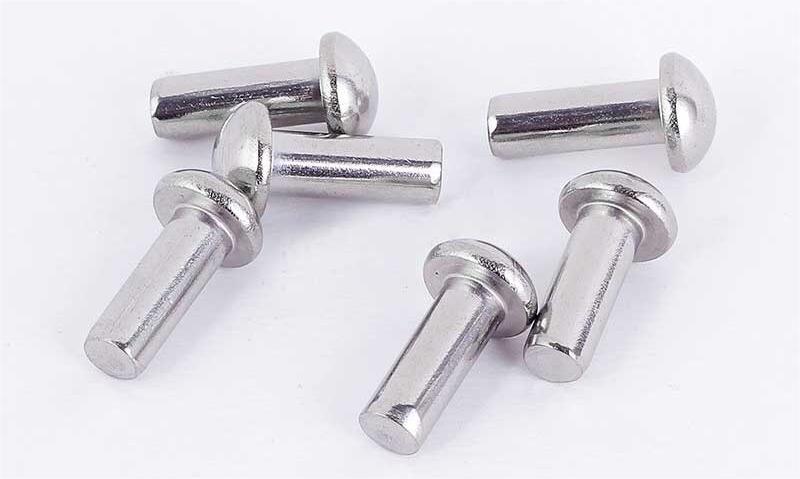
Common Types of Rivets
There are many different types of rivets, but some of the most common types include:
- Pop rivets are the most common type of rivet. They are made of a mandrel (the metal pin) and a sleeve (the hollow tube that surrounds the mandrel). The mandrel is inserted through the materials to be joined, and then the sleeve is expanded around the mandrel, locking the rivet in place. Pop rivets are easy to install and remove, and they are often used in light-duty applications.
- Solid rivets are made of a single piece of metal that is passed through the materials to be joined and then clinched on both ends. Solid rivets are stronger than pop rivets, but they are also more difficult to install and remove. Solid rivets are often used in heavy-duty applications.
- Blind rivets are similar to pop rivets, but they have a mandrel that is shorter than the sleeve. This allows the rivet to be installed from one side of the material, making it ideal for applications where access to both sides of the joint is not possible. Blind rivets are often used in automotive and aircraft applications.
- Drive rivets are a type of blind rivet that is installed using a special tool. Drive rivets are often used in applications where a high degree of strength is required.
- Structural rivets are the strongest type of rivet. They are often used in applications where the joint must be able to withstand a lot of force. Structural rivets are typically installed by a professional.
Removal Methods for Different Types of Rivets
The best method for removing a rivet will depend on the type of rivet and the tools that you have available. Here are some of the most common methods for removing rivets:
1. Drilling Out Rivets
Drilling out rivets is a versatile method suitable for removing all types of rivets. This method involves the use of a drill to create a hole in the center of the rivet, ultimately separating it into two pieces. Here’s a step-by-step process:
- Marking the rivet: Use a center punch or marker to create a guide point on the center of the rivet head.
- Choosing the right drill bit: Select a drill bit with a diameter slightly smaller than the rivet head.
- Drilling through the center of the rivet: Hold the drill steady and begin drilling into the center of the rivet head. Apply consistent pressure to avoid wobbling.
- Removing the head of the rivet: Once the head is removed, the rivet body will be loose.
- Punching out the remaining shaft: Use a punch and hammer to gently push the remaining rivet body through the hole.
2. Grinding Rivets
Grinding rivets is an effective method for removing solid rivets and some types of blind rivets. This technique involves grinding down the rivet head until it is completely removed. Here’s a step-by-step process:
- Marking the rivet: Create a guide point on the rivet head using a center punch or marker.
- Selecting the appropriate grinding tool: Choose a grinder or rotary tool with a suitable attachment for metal.
- Grinding down the head of the rivet: Carefully grind away the rivet head until it is completely removed.
- Removing the remaining shaft: The rivet body should now be loose and can be pushed out with a punch and hammer.
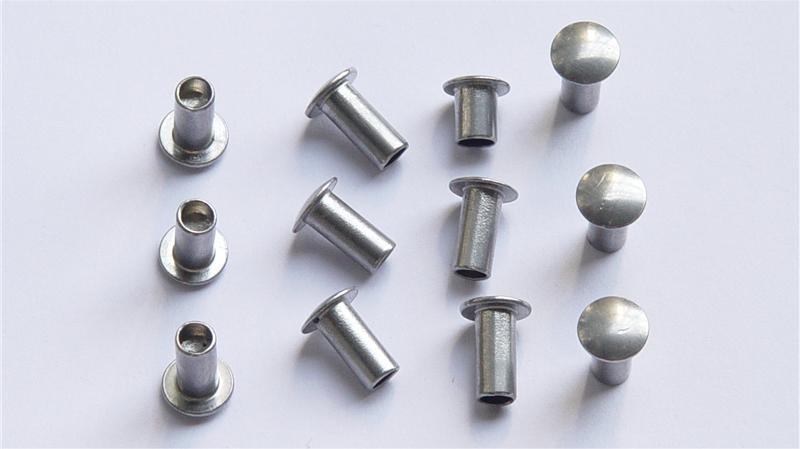
3. Cutting Rivets with Chisel and Hammer
This method is suitable for removing solid rivets and involves using a chisel and hammer to cut through the rivet head and shaft. Here’s a step-by-step process:
- Marking the rivet: Create a guide point on the rivet head using a center punch or marker.
- Positioning the chisel: Align the chisel with the center of the rivet head.
- Striking the chisel with a hammer: Apply controlled force to the chisel, cutting through the rivet head.
- Removing the head and shaft of the rivet: The rivet head and body should now be separated.
4. Using a Rivet Removal Bit
A rivet removal bit, also known as a rivet cutter or rivet remover, is a specialized tool designed for removing pop rivets and some blind rivets. It simplifies the process and minimizes the risk of damaging the surrounding material. Here’s a step-by-step process:
- Inserting the removal bit into the drill: Attach the rivet removal bit to the drill chuck.
- Aligning the bit with the center of the rivet: Position the bit over the center of the rivet head.
- Drilling through the rivet until the head pops off: Apply steady pressure as you drill until the rivet head detaches.
- Removing the remaining shaft: The rivet body should now be loose and can be pushed out with a punch and hammer.
5. Special Considerations for Complex Rivet Types
Drive Rivets and Structural Rivets may require specialized removal methods due to their unique designs and high-strength properties. These methods often involve using specific tools and techniques tailored to each rivet type. Seek guidance from experts or consult manufacturer documentation when dealing with such rivets.
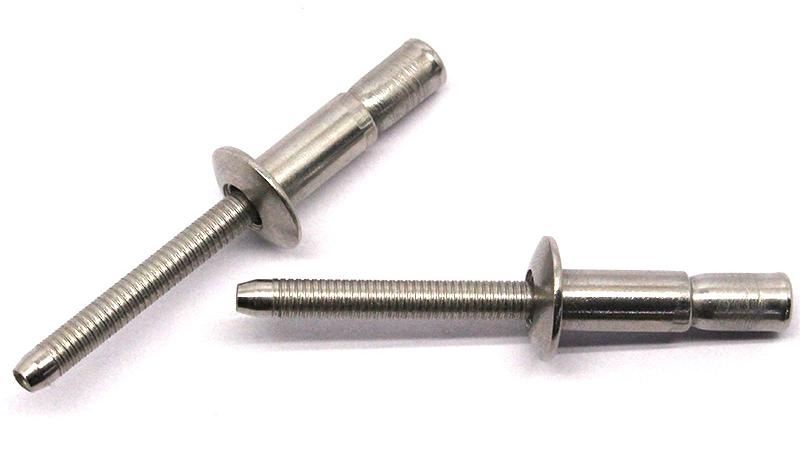
Conclusion
Understanding the different types of rivets and their removal methods is essential for anyone involved in metalworking, repairs, or modifications. Each type of rivet demands a specific approach to ensure safe and effective removal. By following the outlined methods and best practices, you can confidently tackle rivet removal tasks while preserving the integrity of the surrounding material. Always prioritize safety and take appropriate precautions to minimize risks associated with the removal process. With practice and knowledge, you’ll become proficient in this valuable skill.

